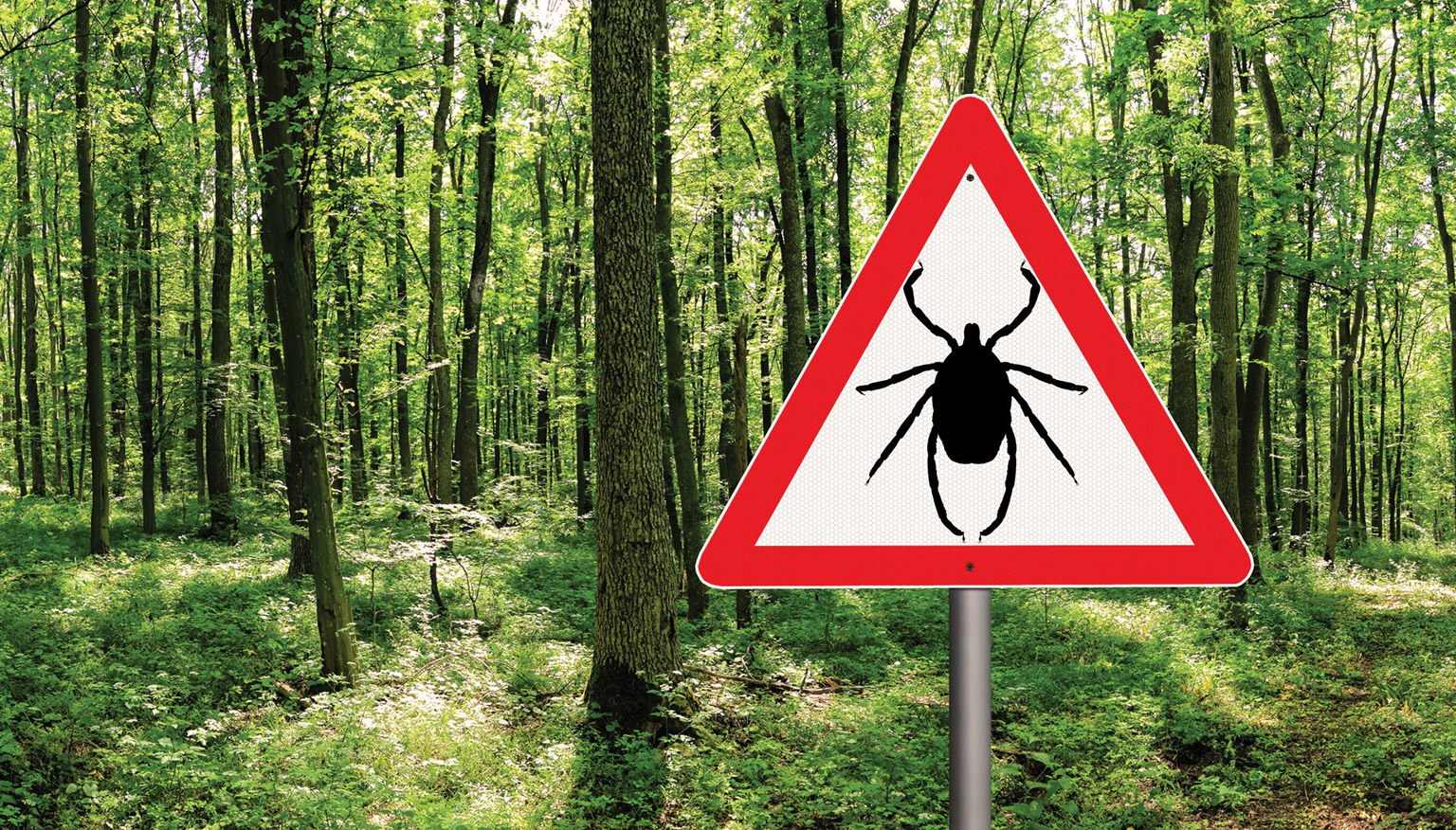From the ‘Brain Disease Charity’

Lyme disease awareness grows as celebrities share their stories
Famous faces including Justin Bieber and Alec Baldwin have revealed their experiences with the bacterial infection.

Despite its relatively large size and changes in colour, the rash is usually not hot or itchy. If initial symptoms go unnoticed for longer than 48 hours, the likelihood of disease transmission is greatly increased.
In some cases, those who are diagnosed and treated for Lyme disease are affected by symptoms like body aches, a loss of energy and tiredness and other neurological conditions that can last for years.
The disease is nicknamed the “great imitator” because its symptoms mimic other conditions such as fibromyalgia, chronic fatigue syndrome and rheumatoid arthritis.
In recent years, many celebrities have opened up about their struggle with Lyme disease, including popstar Justin Bieber, former president George W. Bush, singer Avril Lavigne and actor Ben Stiller. In September 2020, comedian and actress Amy Schumer shared on Instagram that she also has Lyme disease and “maybe had it for years”.

In 2021, actor Alec Baldwin said he had been dealing with Lyme disease ever since he was first bitten by a tick over 20 years ago. The actor now shares the dangers of Lyme disease to raise awareness of the condition.
Ticks that spread Lyme disease can be found all over the UK, but high-risk areas include woodlands and grassy areas in northern and southern England, and the Scottish Highlands.
Cases have been on the rise in recent years, associated primarily with global climate change. As temperatures increase, precipitation patterns change and sea levels rise, habitat availability and reproduction rates of ticks are affected. Due to global warming their habitat range has grown and there is a longer season for tick activity, leading to increased human exposure.

If you are taking part in outdoor activities for long periods this summer, follow these steps to reduce the chances of being bitten:
- Cover your skin when walking outside and tuck your trousers into your socks.
- Use insect repellent on your skin and clothes.
- Stay on clear paths when possible.
- Wear light coloured clothing, so you can see ticks easier and brush them off.
- Check yourself for ticks and rashes after being outside to ensure early treatment.
Visit our A-Z of neurological conditions for more information on Lyme disease and other neurological conditions.

